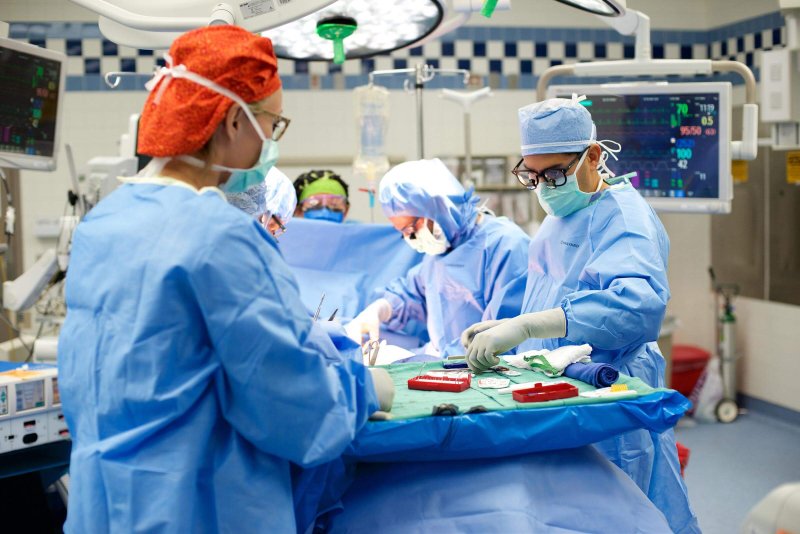To help rats adopt transplanted limbs as their own, researchers have harnessed a ruse that cancer cells use to hide from the immune system — effectively reprograming the animals’ defenses to ignore foreign tissue.
Rats injected with engineered microparticles tolerated a hind limb transplant from another rat for more than 200 days, even in the absence of drugs that suppress immune responses, researchers report March 13 in Science Advances.
When injected into the transplanted tissue, the microparticles release a signaling protein known as CCL22 that’s secreted from cancer cells and attracts specialized immune cells. These immune cells, called regulatory T cells, can mark the rat’s new tissue as “self” and protect it from an onslaught of immune defenses that would normally attack foreign material.
…
Patients who receive donor organs or tissues typically spend the rest of their lives taking medication that dampens their immune responses. Without drugs, the immune system would attack and reject the donor tissue, unless it is a perfect genetic match, causing the transplant to fail.
But long-term regimens of immunosuppressive drugs can put patients at risk for things like infectious disease or cancer. Another approach could be to keep immune responses intact while also shielding new tissue — such as stealing techniques that cancer cells use to evade detection.































